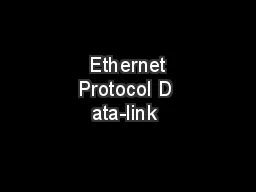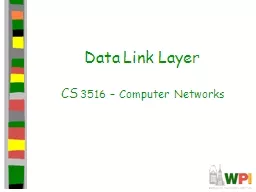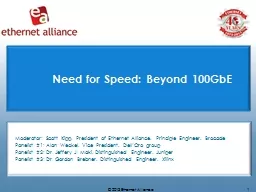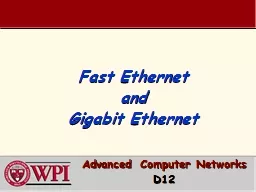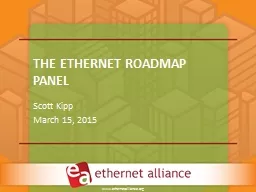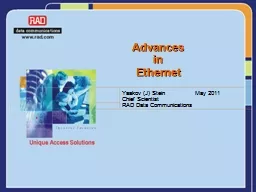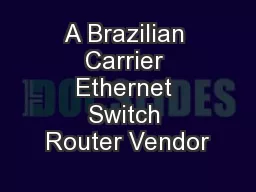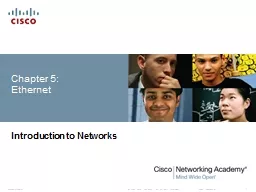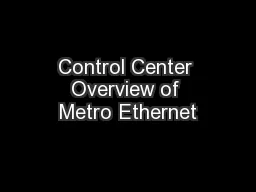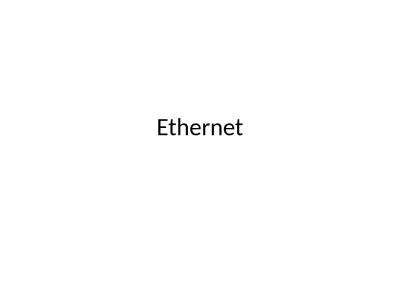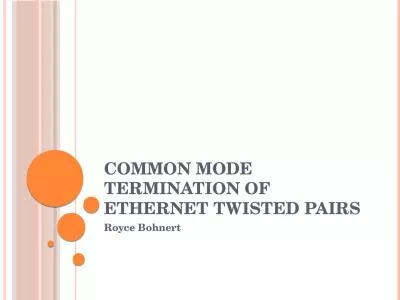PPT-Ethernet Protocol D ata-link
Author : jane-oiler | Published Date : 2020-04-05
layer and the physical layer are the territory of the local and wide area networks W e can have wired or wireless networks IEEE Project 802 In 1985 the Computer
Presentation Embed Code
Download Presentation
Download Presentation The PPT/PDF document " Ethernet Protocol D ata-link " is the property of its rightful owner. Permission is granted to download and print the materials on this website for personal, non-commercial use only, and to display it on your personal computer provided you do not modify the materials and that you retain all copyright notices contained in the materials. By downloading content from our website, you accept the terms of this agreement.
Ethernet Protocol D ata-link : Transcript
Download Rules Of Document
" Ethernet Protocol D ata-link "The content belongs to its owner. You may download and print it for personal use, without modification, and keep all copyright notices. By downloading, you agree to these terms.
Related Documents

